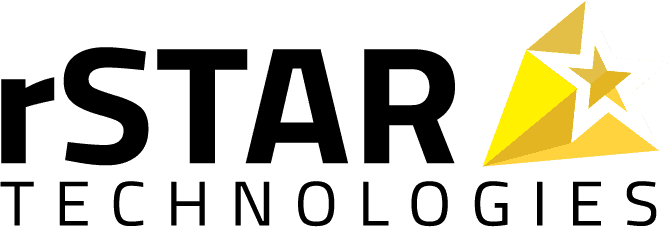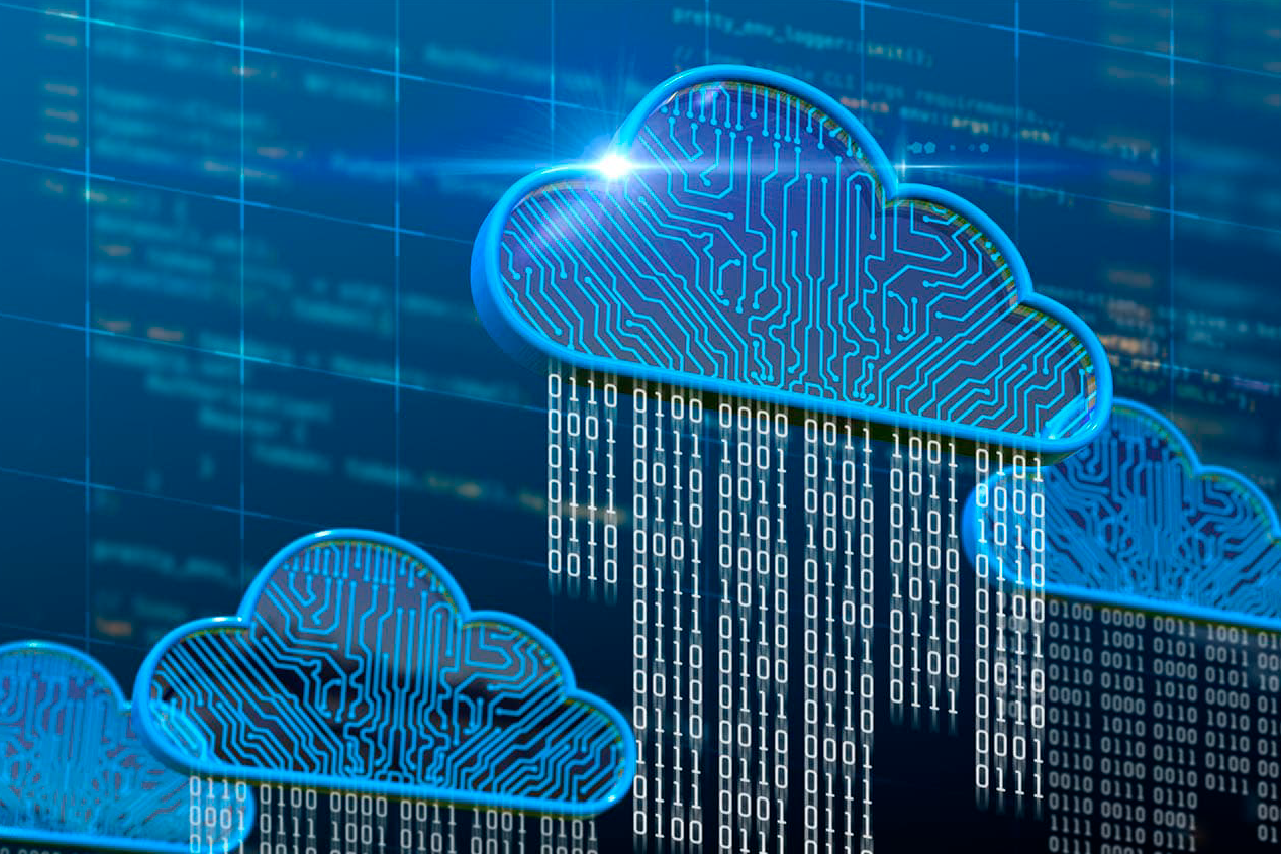Successfully navigating customer relationships requires having the ability to leverage the right data at the right time. This can be challenging when critical data is siloed in separate systems. The need to use multiple software applications, spreadsheets, and unnecessary cross-team meetings can slow business operations.
Operational performance can be the difference between gaining new customers, driving additional sales, or providing a positive customer service experience. Companies that can streamline access to decision-making data can retain and expand successful customer relationships.
Salesforce can deliver a unified view of ERP and transactional systems. However, ensuring that your data is ready for migration is the key to a successful implementation. Here’s a look at what that means.
Preparation Is Key
The most critical phase of the data migration process is preparation. Key milestones will include having the proper source data identified, cleaned, and mapped.
Data Identification
Identifying all source systems for data is the first step. This requires identifying business processes, datasets, and source systems. This may require building additional objects and processes within Salesforce. The necessary source systems typically capture customer transactions. Successful project execution will require time and expertise from appropriate teams and subject-matter experts.
- Sales Team: Capturing communication during the sales process may involve customer calls, emails, or other data from transactional systems.
- Service Team: Customer incidents may be processed separately from sales information. This may necessitate mapping account information across multiple systems in order to create a unified view of the data.
- Marketing Team: Data from sources like spreadsheets etc., will need to be identified, including how and when that data enters Salesforce. This may require identifying important process changes for accurately capturing prospect data going forward.
- Finance Team: Data and processes related to invoicing and revenue recognition may need to be reviewed for changes. Rules around access and visibility for finance information may require additional analysis in Salesforce.
- Technical Team: The analysis of source systems will require technical subject matter experts. It will also require defining and preparing those datasets for migration.
Data Cleansing
When the source data has been identified and documented, this is an opportunity to analyze the source data for cleanup. The specified data should be analyzed for inconsistencies or missing data. The process of data cleansing may need to be revisited as the integration project moves forward.
- Remove Duplicates and Irrelevant Data: Duplicate data in transactional source systems can occur due to multiple input formats or applications over time. Irrelevant data may also be present and can be identified and excluded from the integration datasets.
- Fix Structural Errors: Issues in data structure may include inconsistencies in capitalization, misspellings, categories, or placeholder values.
- Handle Missing Data: Was the data truly absent in the source system, or was this due to a failure during input processing? This process may involve discarding transactions or ensuring null values are properly recorded or replaced.
Data Mapping
Mapping the data from the source systems to Salesforce will require generating documentation or other deliverables. Records from each source system must have unique identifiers that map to the same unique identifiers in Salesforce.
- Map tables, fields/columns, and categories in the source system to Salesforce objects, fields, and values.
- Provide data samples alongside any documentation to communicate data structure.
Data Migration
The migration method utilized will depend heavily on the project goals. It will also depend on the need for data to flow between source and target systems.
- Code solution and/or tool solution
- Volume of records to be migrated to Salesforce
- Complexity of the data mapping effort
Quality Assurance (QA)
A Salesforce environment should be identified for QA, user acceptance testing, and eventual promotion to production. Migrated data will need to be reviewed to ensure mappings were correctly applied. During project planning, ample time should be set aside to ensure data quality and user acceptance testing in Salesforce.
You don’t have to go it alone when it comes to implementing Salesforce in your operation. Look to our team of experts for an in-depth understanding of ERP integration with Salesforce Manufacturing cloud, Service Cloud, or Sales Cloud. The result is a unified view of your supply chain, back office, and customer service center. We connect your front- and back-office teams, enabling better response times and increased efficiencies. Contact us today to get started!
About rSTAR Technologies
rSTAR is a full-service specialized system integrator built to transform leaders in the asset-intensive industries, such as energy and utilities, manufacturing, high-tech, and automotive into business value all-stars by focusing on digital transformation initiatives. With over 20 years of experience in Oracle, Microsoft, and Salesforce, the company provides consulting, implementation, and services for AI, CX integration and automation solutions. For more information, please visit rSTAR Technologies







